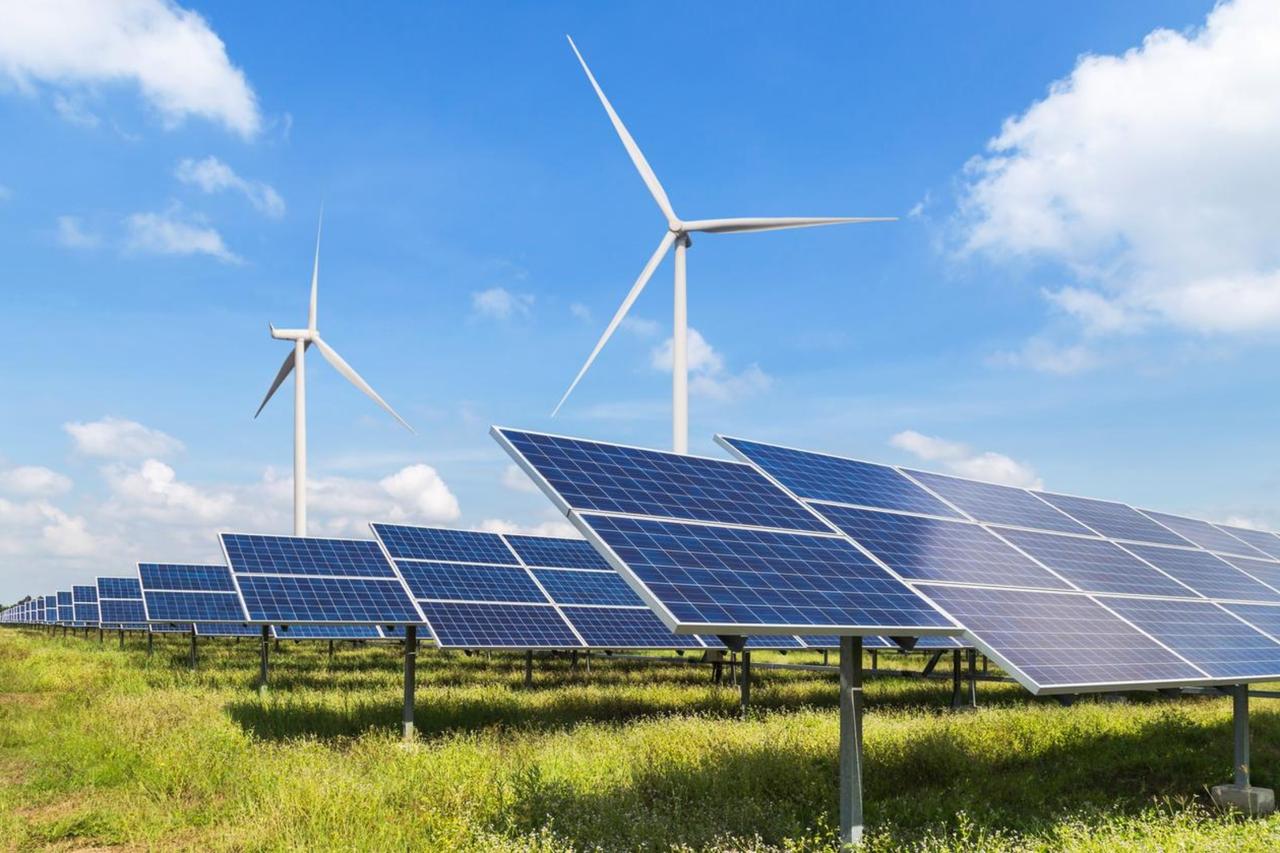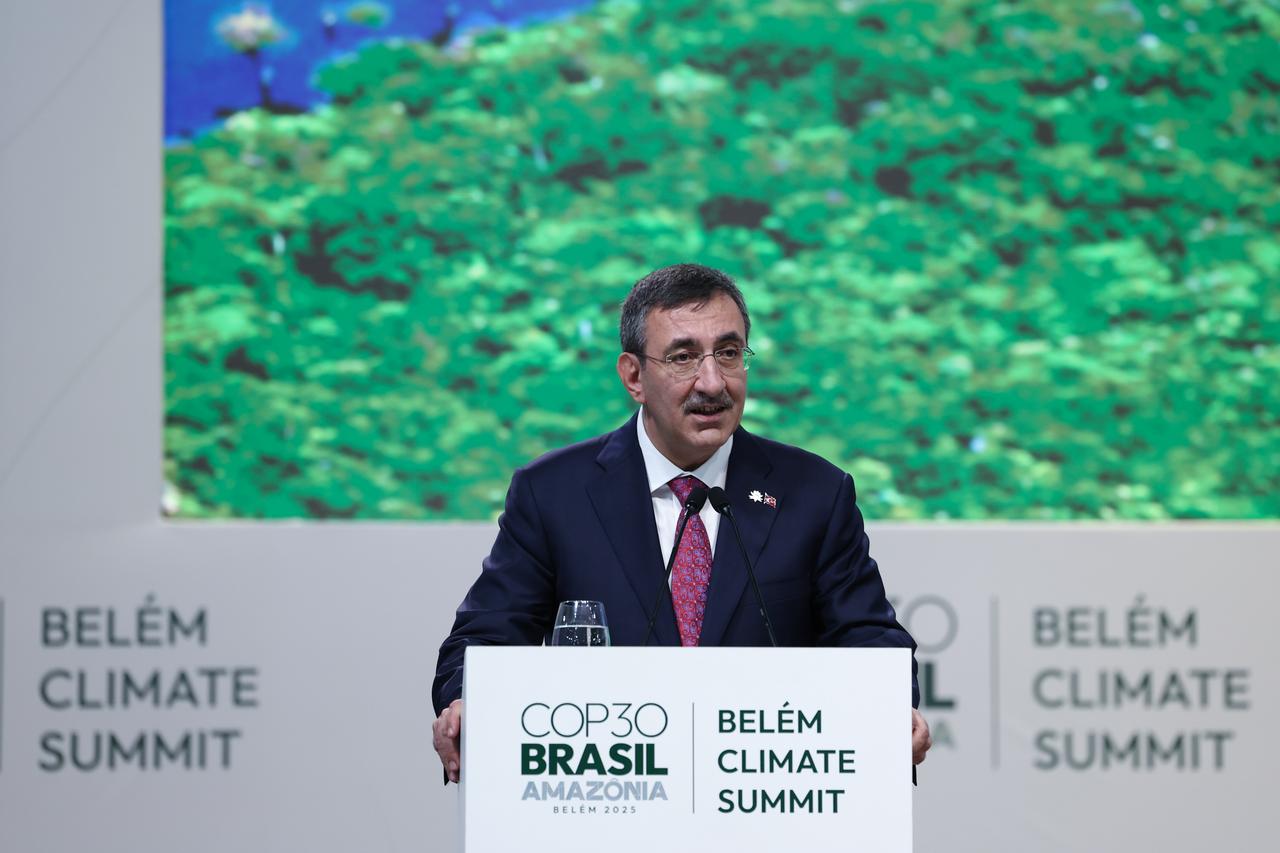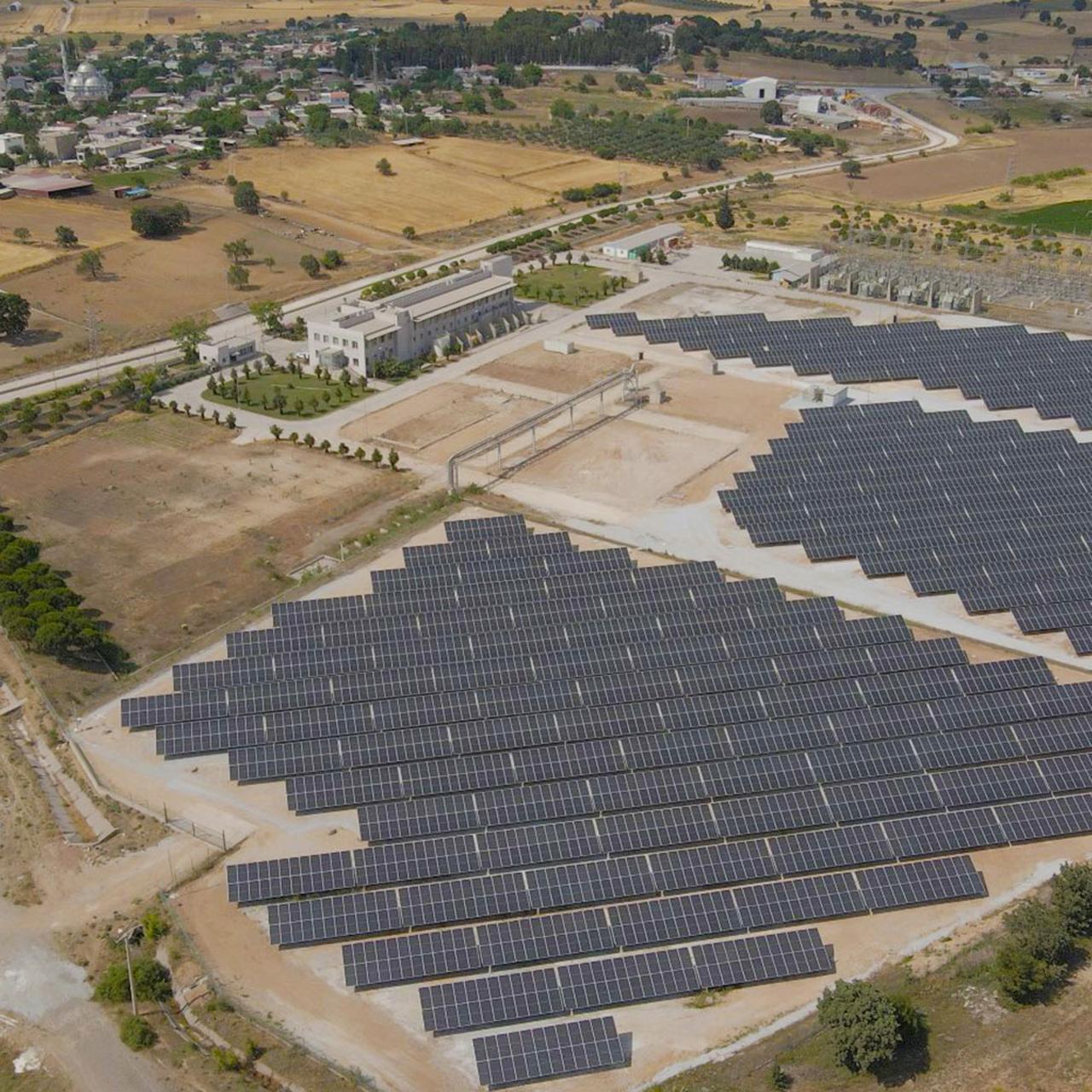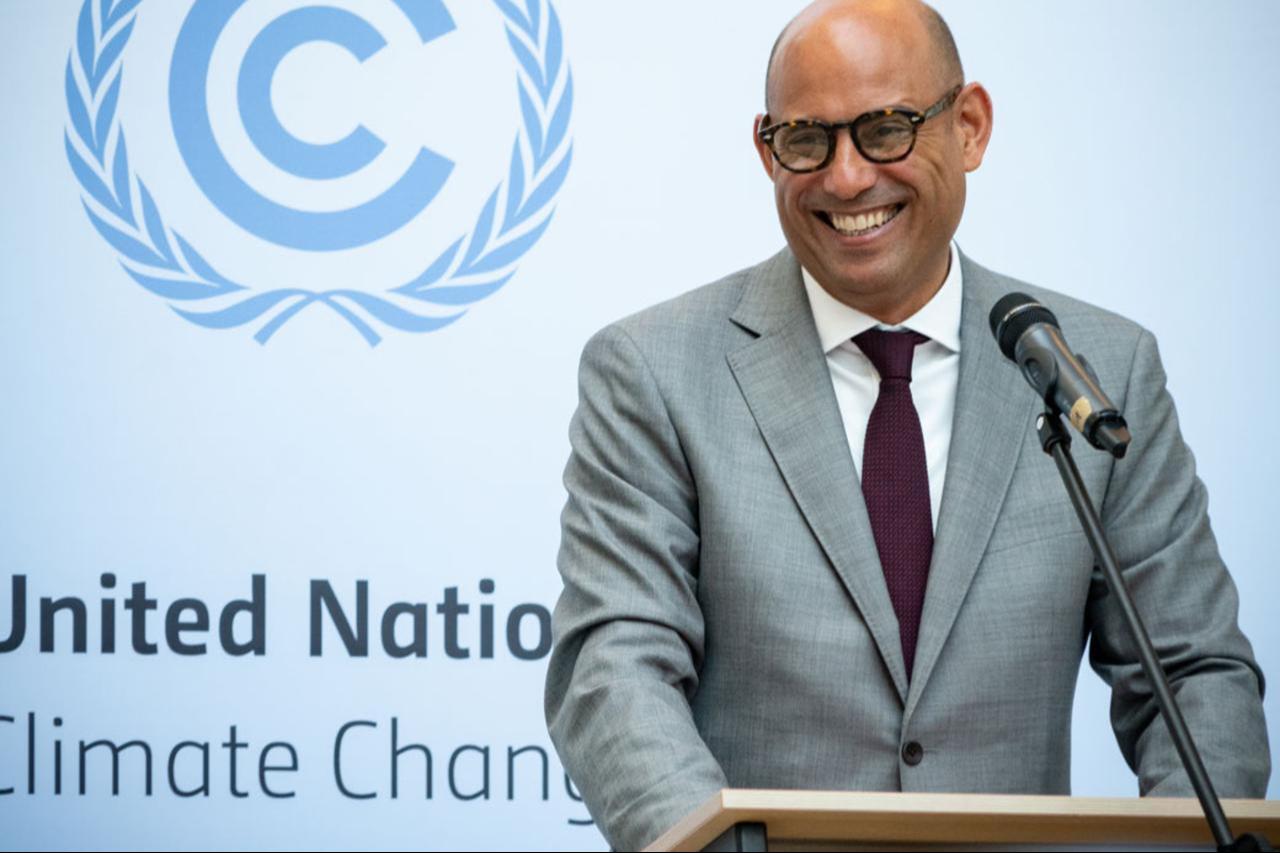
Renewable energy continues to grow faster than fossil fuels worldwide, even amid recent US policy reversals, with global oil demand projected to peak “around 2030,” the International Energy Agency (IEA) said Wednesday.
The Paris-based agency released its annual World Energy Outlook, the first since facing criticism from U.S. President Donald Trump’s administration over its oil market projections.
“Renewables grow faster than any other major energy source in all scenarios, led by solar photovoltaics,” the IEA said in its 518-page report.
The agency noted that policy changes in the US could lead to 30% less renewable capacity by 2035 compared to last year’s projections, but that overall global renewable growth “continues at a rapid pace.”
The report was published as world leaders gather for the U.N.’s COP30 climate summit in Belem, Brazil — a conference boycotted by the Trump administration.

Trump, who withdrew the U.S. from the Paris climate accord, has pledged to expand oil and gas output and roll back clean energy initiatives introduced under former President Joe Biden.
The IEA’s latest outlook was compiled amid growing political tension, after U.S. Energy Secretary Chris Wright warned in July that Washington might withdraw from the agency unless it reformed its operations.
The World Energy Outlook presents three core projections: the Current Policies Scenario (CPS), based on existing measures; the Stated Policies Scenario (STEPS), which includes announced but unimplemented plans; and the Net Zero Emissions (NZE) scenario, which envisions reaching carbon neutrality by 2050.

Under the CPS, oil and natural gas demand would rise by 16% through 2035 and continue climbing until 2050. Critics, however, described this projection as “politically motivated.”
In the STEPS model, oil demand peaks around 2030 at approximately 100 million barrels per day before beginning to decline.
The IEA said electricity demand is surging worldwide, driven by data centers, artificial intelligence, and rising air-conditioning use in developing economies.
China remains the world’s largest market for renewables, expected to account for 45–60% of global capacity additions over the next decade.

Despite continued growth in clean energy, the IEA warned that global temperatures are expected to surpass the 1.5°C threshold above pre-industrial levels in all scenarios.
Under the CPS, global warming would exceed 2°C by 2050 and reach 2.9°C by 2100. In the STEPS projection, temperatures rise above 2°C by around 2060 and climb to 2.5°C by the end of the century.
The NZE scenario forecasts a peak of about 1.65°C by 2050, falling back below 1.5°C by 2100.
“There is less momentum than before behind national and international efforts to reduce emissions, yet climate risks are rising,” the IEA cautioned.
David Tong of Oil Change International said the findings confirm that “no single country can stop the energy transition,” adding that oil and coal demand will peak by 2030 under current trends.